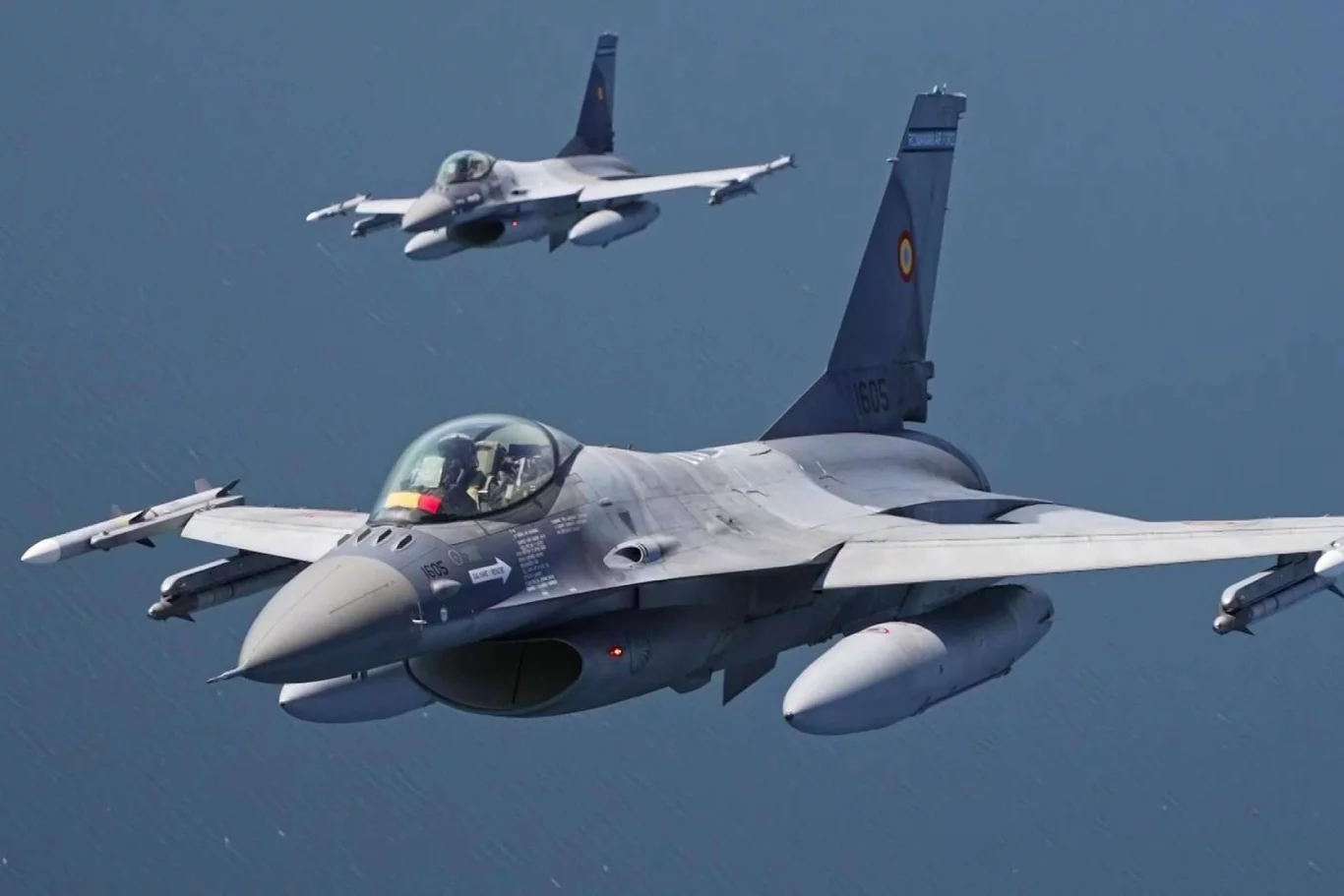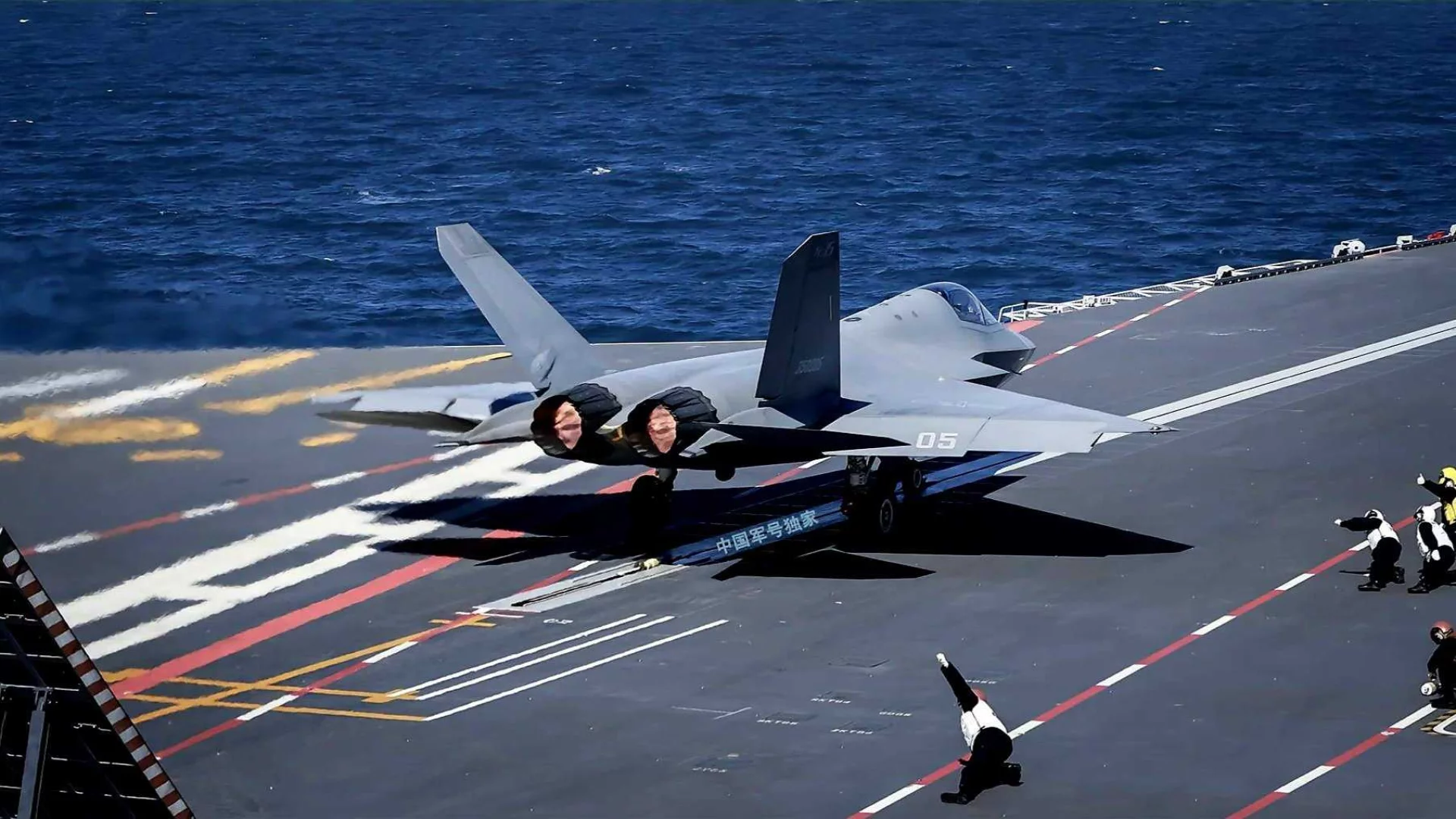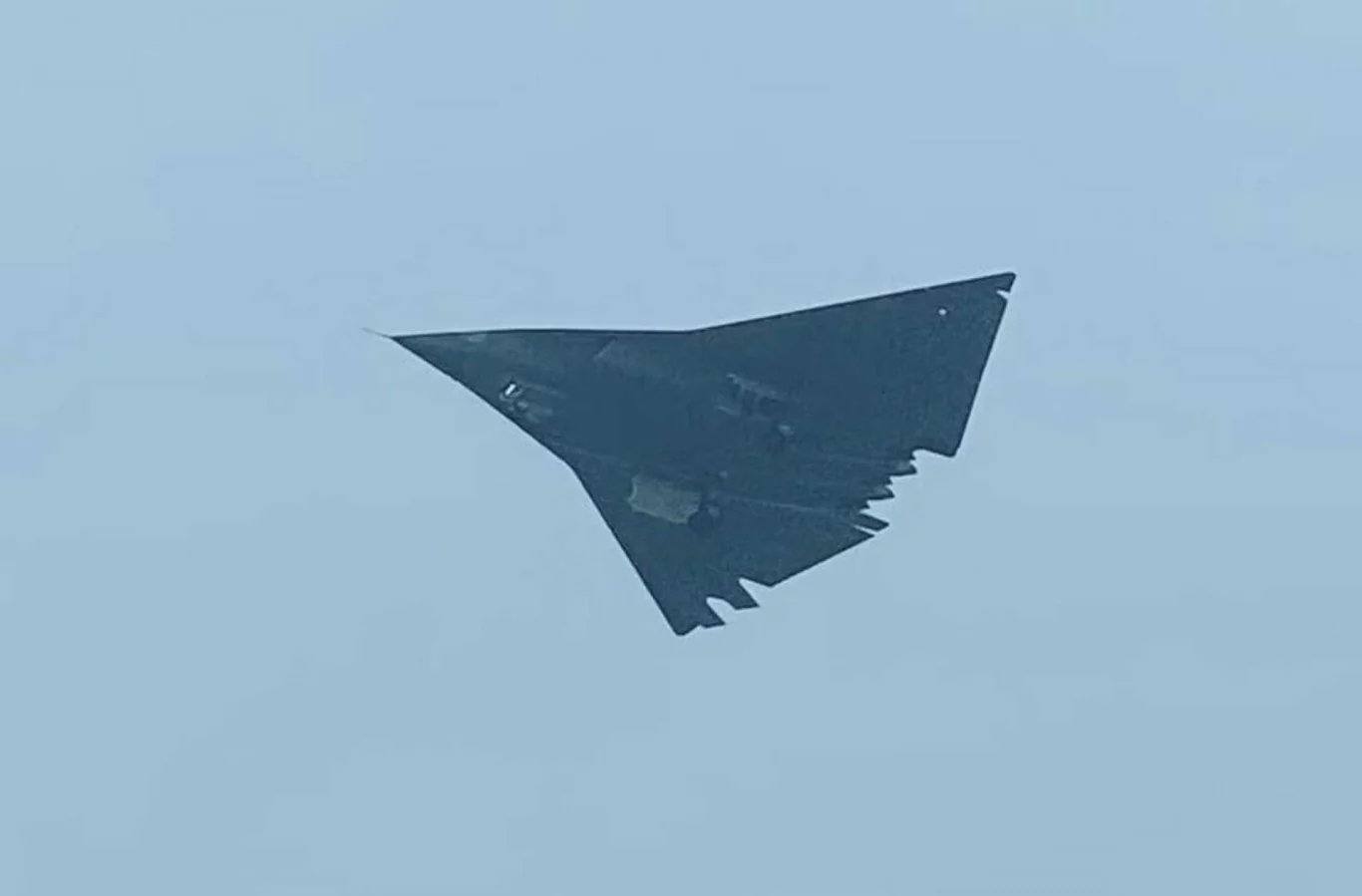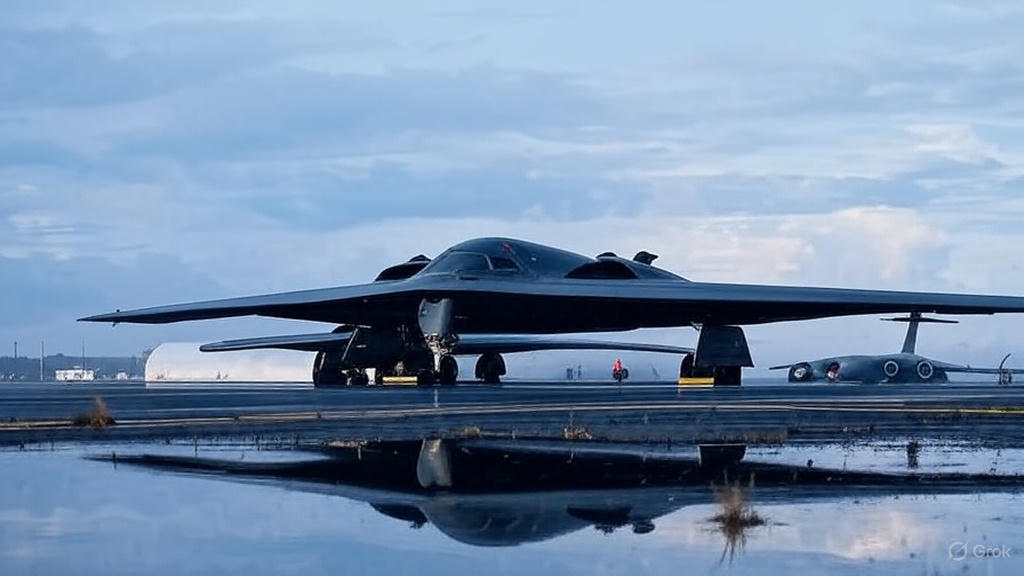In a clear and decisive move to reinforce NATO’s critical Eastern Flank, Romania has officially activated a new squadron of F-16 Fighting Falcon fighter jets. This significant milestone underscores Romania’s unwavering commitment to its collective defense responsibilities within the alliance and marks a pivotal step in the ongoing modernization of the Romanian Air Force (RoAF). Against a backdrop of persistent security challenges in the Black Sea region and heightened tensions in Eastern Europe, the integration of these advanced multi-role aircraft significantly strengthens NATO’s air defense posture, sending a powerful message of readiness and deterrence to any potential adversary.
For years, Romania has been systematically upgrading its military capabilities, recognizing its crucial geographical position at the crossroads of Europe and the Black Sea. The acquisition and activation of additional F-16s are central to this modernization effort. The F-16, a globally recognized and combat-proven 4th generation fighter, brings a significant leap in capability compared to older aircraft previously operated by the RoAF. These jets are equipped with advanced avionics, radar systems, and weapon payloads, allowing them to perform a wide array of missions including air policing, air interdiction, close air support, and reconnaissance. This versatility makes them an ideal platform for meeting the diverse demands of modern air defense and offensive operations.
The decision to invest heavily in the F-16 platform reflects a pragmatic and strategic choice. It leverages existing infrastructure and training programs, making the transition and integration process more efficient. Crucially, as a standard NATO aircraft, the F-16 ensures seamless interoperability with other allied air forces. This is paramount for collective defense operations, allowing Romanian pilots to operate alongside their counterparts from the U.S., UK, Canada, and other NATO nations in joint exercises and real-world missions, such as enhanced Air Policing. This interoperability significantly boosts the effectiveness and responsiveness of the alliance’s air power in the region.
The activation of this new F-16 squadron is more than just adding aircraft to an inventory; it represents a comprehensive enhancement of Romania’s air defense ecosystem. It involves:
- Pilot Training: Extensive training programs for Romanian pilots, ensuring they are proficient in operating the F-16’s sophisticated systems and tactical procedures.
- Ground Crew Expertise: The development of highly skilled maintenance and logistics personnel capable of keeping the F-16s operational and mission-ready.
- Infrastructure Upgrades: Investments in airfields, hangars, maintenance facilities, and command and control systems to support the new squadron.
- Integrated Air Defense: The integration of the F-16s into Romania’s existing air defense network, enhancing radar coverage, communication links, and overall situational awareness.
This strategic reinforcement of NATO’s Eastern Flank is particularly timely. The ongoing conflict in Ukraine has dramatically altered the security landscape, bringing renewed urgency to strengthening deterrence and defense capabilities along the alliance’s borders. Romania, sharing a significant border with Ukraine and having a coastline on the Black Sea, finds itself on the front lines of this evolving geopolitical dynamic. The presence of more advanced fighter jets capable of quickly intercepting unauthorized aircraft and responding to potential threats provides a critical layer of security for both Romania and the broader alliance.
Furthermore, the F-16 squadron contributes directly to NATO’s air policing missions, a cornerstone of collective defense. These missions involve continuous surveillance of airspace and the interception of any aircraft that violates or approaches allied airspace without proper authorization. By increasing its F-16 fleet, Romania can contribute more robustly to these missions, both within its own airspace and potentially in joint operations with other NATO members in the region, ensuring the integrity of alliance airspace.
This move also signals the enduring strength of the transatlantic bond. Many of the F-16s acquired by Romania have come through partnerships with the United States or other NATO allies, often involving upgrades and modernization packages. This collaborative approach highlights how NATO members are working together to pool resources, transfer technology, and collectively enhance their military capabilities in response to shared security concerns. The acquisition of these jets is not merely a purchase; it’s an investment in a collective defense architecture that protects the values and security of all member states.
The activation of this new F-16 squadron is a moment of significant pride and operational importance for the Romanian Air Force. It represents years of planning, investment, and dedication. More importantly, it is a tangible demonstration of NATO’s adaptable and responsive nature, continuously evolving its capabilities to meet current and future security challenges. As these F-16s take to the skies, they serve as powerful symbols of resolve, reinforcing the strategic importance of Romania within the alliance and strengthening the bulwark of freedom on Europe’s Eastern Flank.




